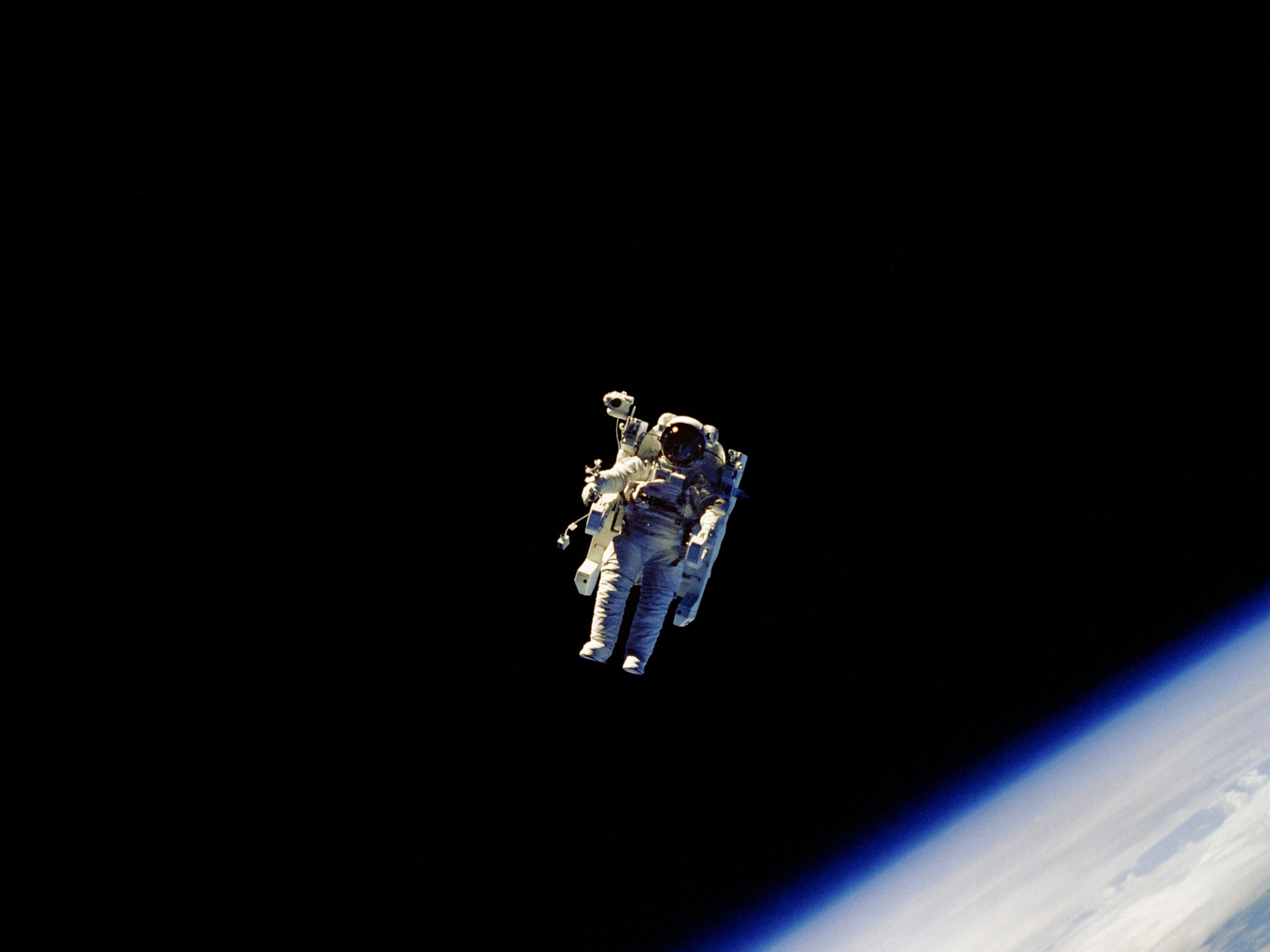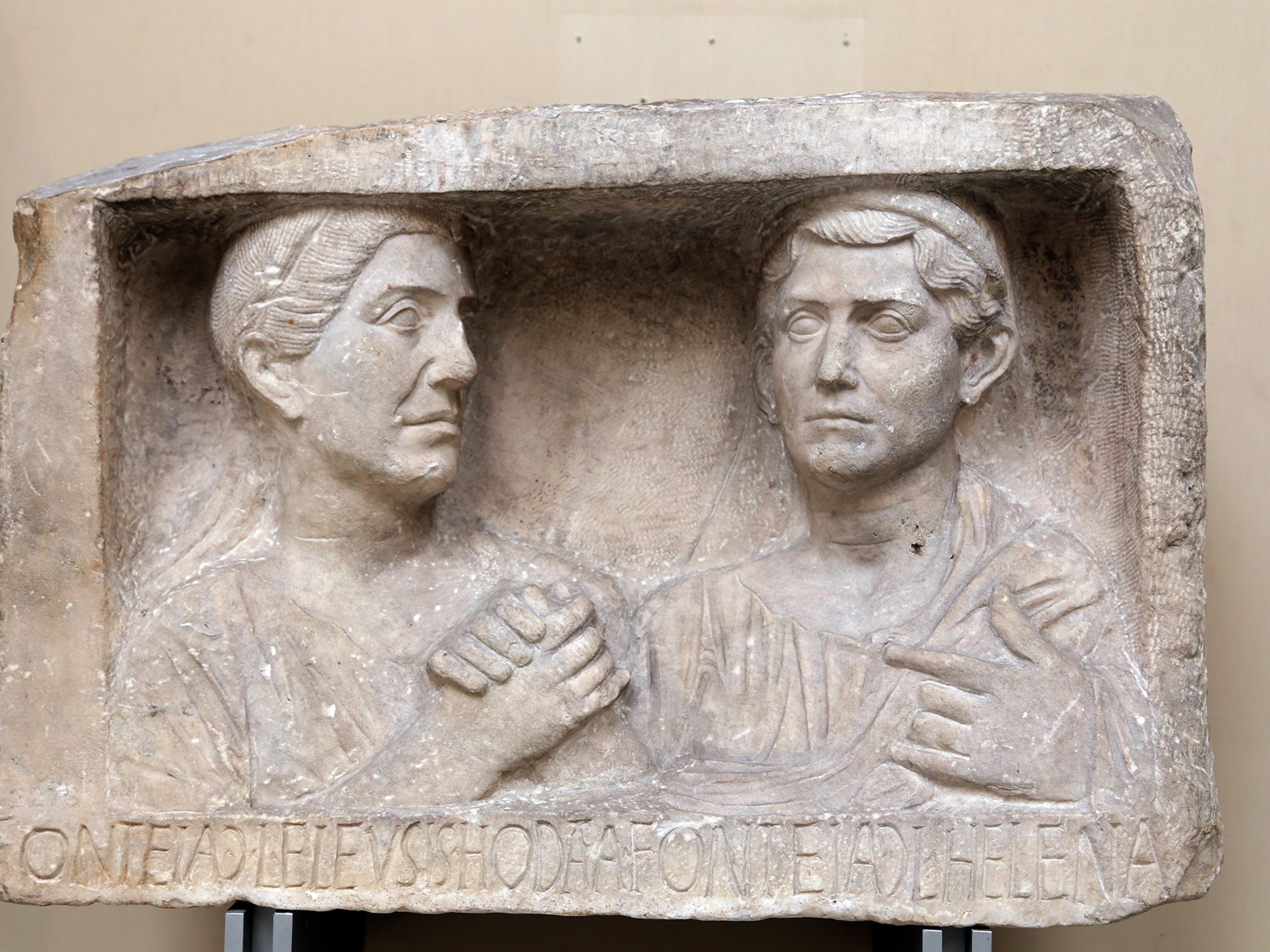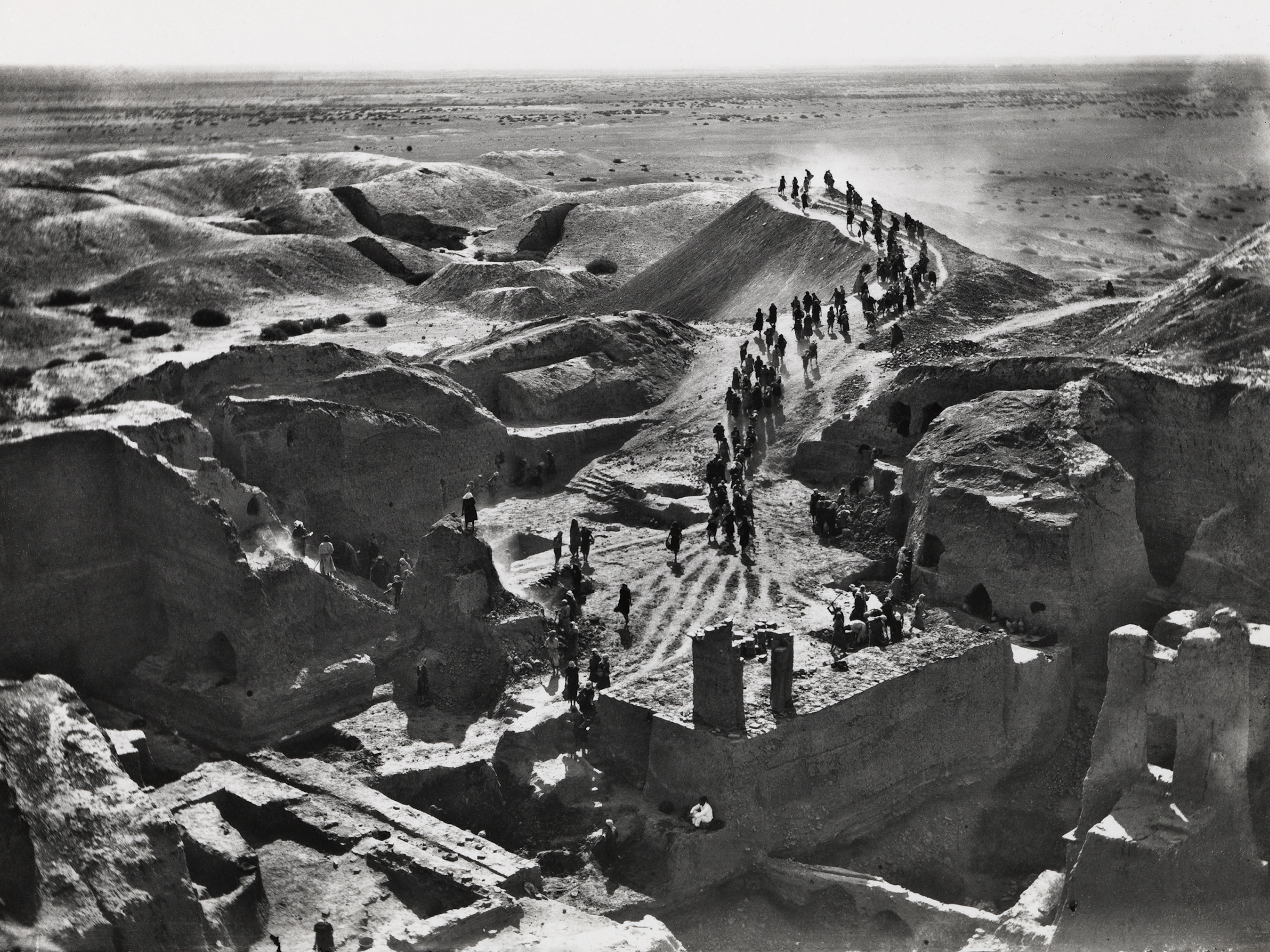Nothing good can last—and in the case of carbon-14, a radioactive isotope found in Earth’s atmosphere, that’s great news for archaeologists.
Over time, carbon-14 decays in predictable ways. And with the help of radiocarbon dating, researchers can use that decay as a kind of clock that allows them to peer into the past and determine absolute dates for everything from wood to food, pollen, poop, and even dead animals and humans.
Counting carbon
While plants are alive, they take in carbon through photosynthesis. Humans and other animals ingest the carbon through plant-based foods or by eating other animals that eat plants. Carbon is made up of three isotopes. The most abundant, carbon-12, remains stable in the atmosphere. On the other hand, carbon-14 is radioactive and decays into nitrogen-14 over time. Every 5,730 years, the radioactivity of carbon-14 decays by half.
That half-life is critical to radiocarbon dating. Since carbon-12 doesn’t decay, it’s a good benchmark against which to measure carbon-14’s inevitable demise. The less radioactivity a carbon-14 isotope emits, the older it is. And since animals and plants stop absorbing carbon-14 when they begin to decay, the radioactivity of the carbon-14 that’s left behind reveals their age.
There’s a catch: Atmospheric carbon fluctuates over time. But the amount of carbon-14 in tree rings with known ages can help scientists correct for those fluctuations. To date an object, researchers use mass spectrometers or other instruments to determine the ratio of carbon-14 and carbon-12. The result is then calibrated and presented along with a margin of error. (Discover other archaeological methods used to date sites.)
Chemist Willard Libby first realized that carbon-14 could act like a clock in the 1940s. He won the 1960 Nobel Prize in Chemistry for coming up with the method. Since Libby’s discovery, radiocarbon dating has become an invaluable tool for archaeologists, paleontologists, and others looking for reliable dates for organic matter.
Challenges of the method
The method has limitations: Samples can be contaminated by other carbon-containing materials, like the soil that surrounds some bones or labels that contain animal-based glue. Inorganic materials can’t be dated using radiocarbon analysis, and the method can be prohibitively expensive. Age is also a problem: Samples that are older than about 40,000 years are extremely difficult to date due to tiny levels of carbon-14. Over 60,000 years old, and they can’t be dated at all.
Calibration presents another challenge. With the dawn of the Industrial Age, humans began emitting much more carbon dioxide, diluting the amount of radiocarbon in the atmosphere. Nuclear testing affects radiocarbon levels, too, and dramatically increased carbon-14 levels starting in the 1950s. Modern statistical methods and updated databases allow scientists to take humans’ effects on Earth’s atmosphere into account. (See how radiocarbon dating helped researchers determine when this ship sank.)
Radiocarbon dating isn’t a silver bullet: Context is everything, and it can be hard to determine if there’s a temporal relationship between two objects at an archaeological site. But it’s the most accurate dating tool at archaeologists’ disposal, thanks to carbon-14’s predictable disappearing act.






